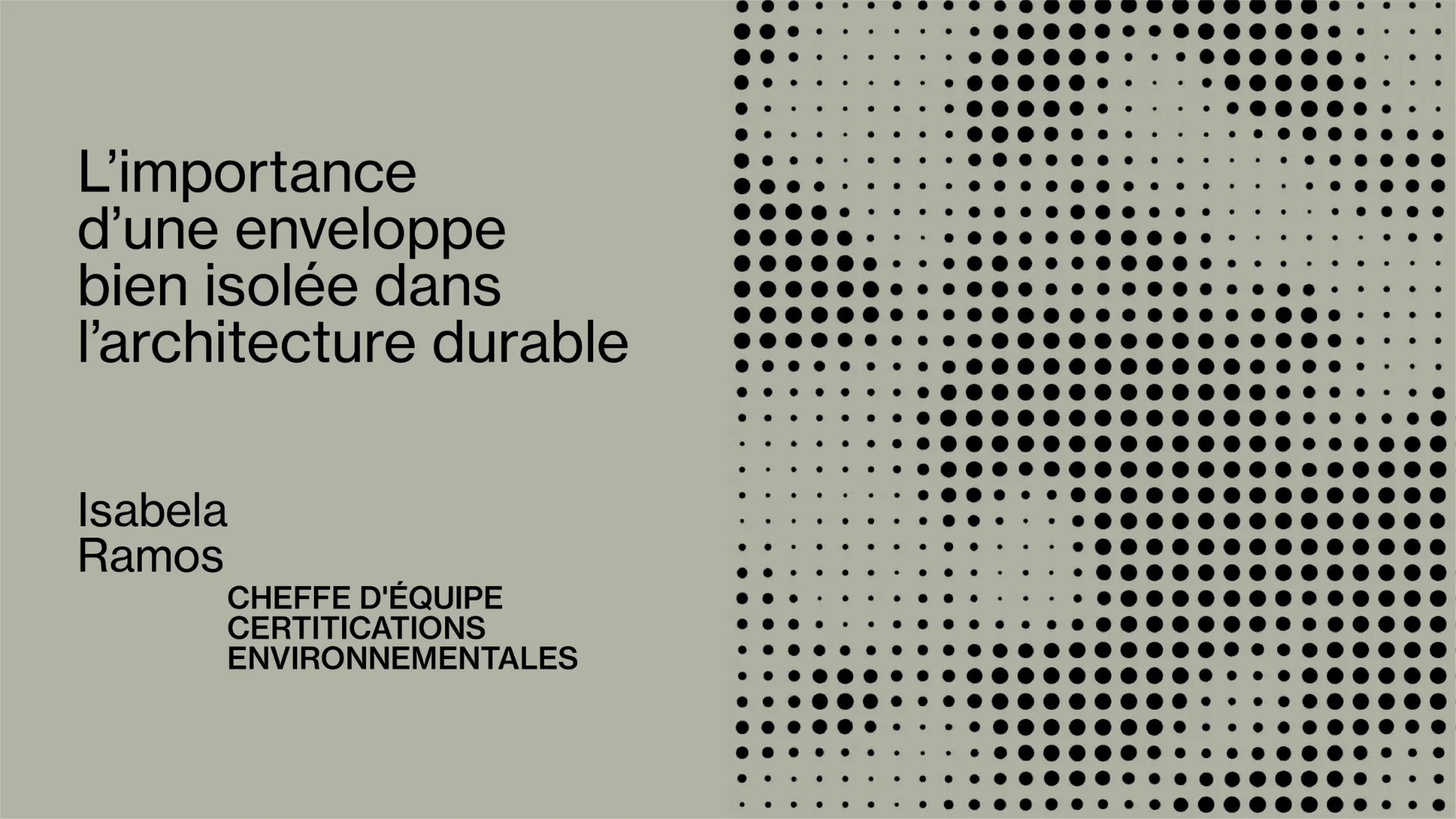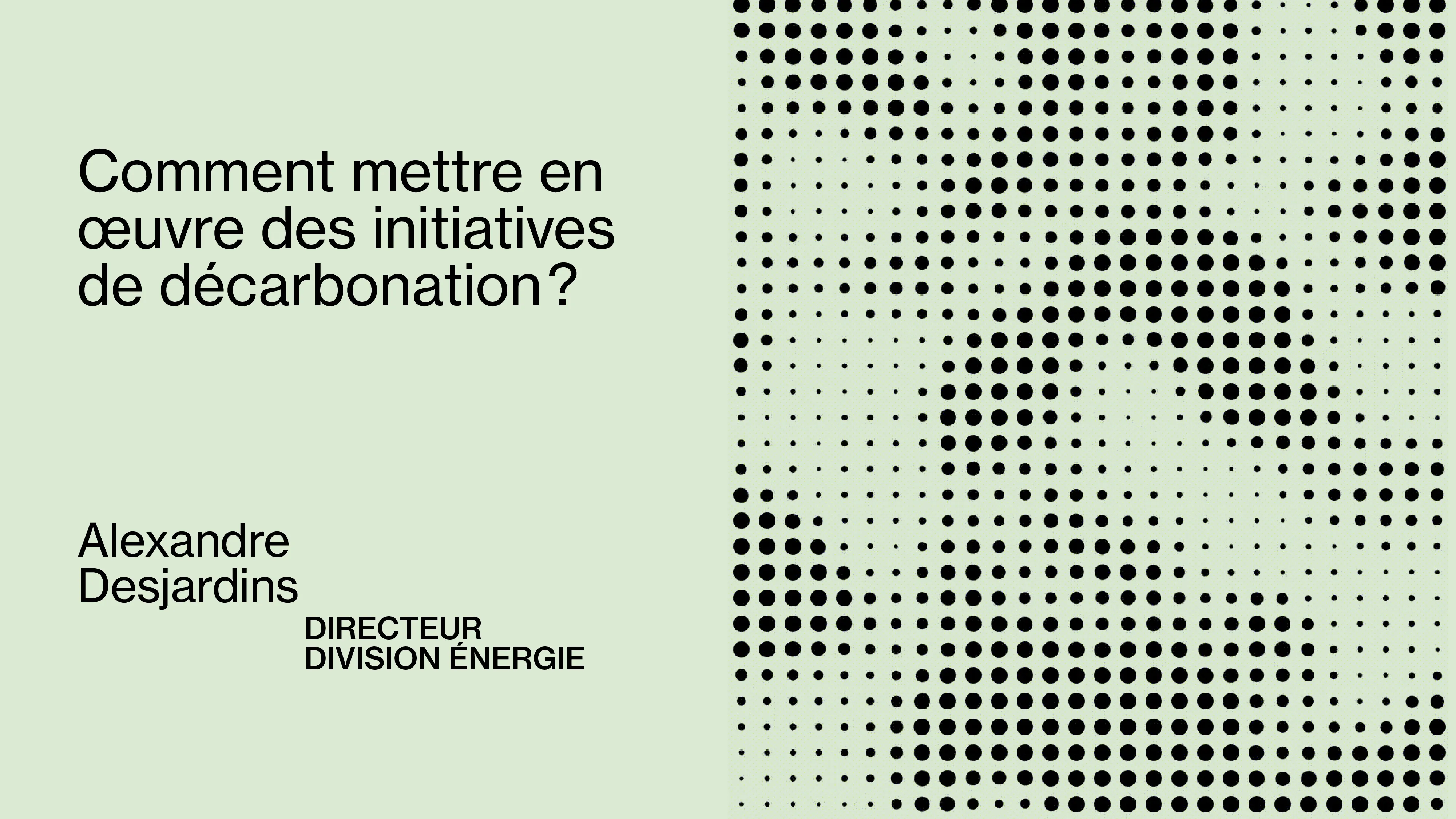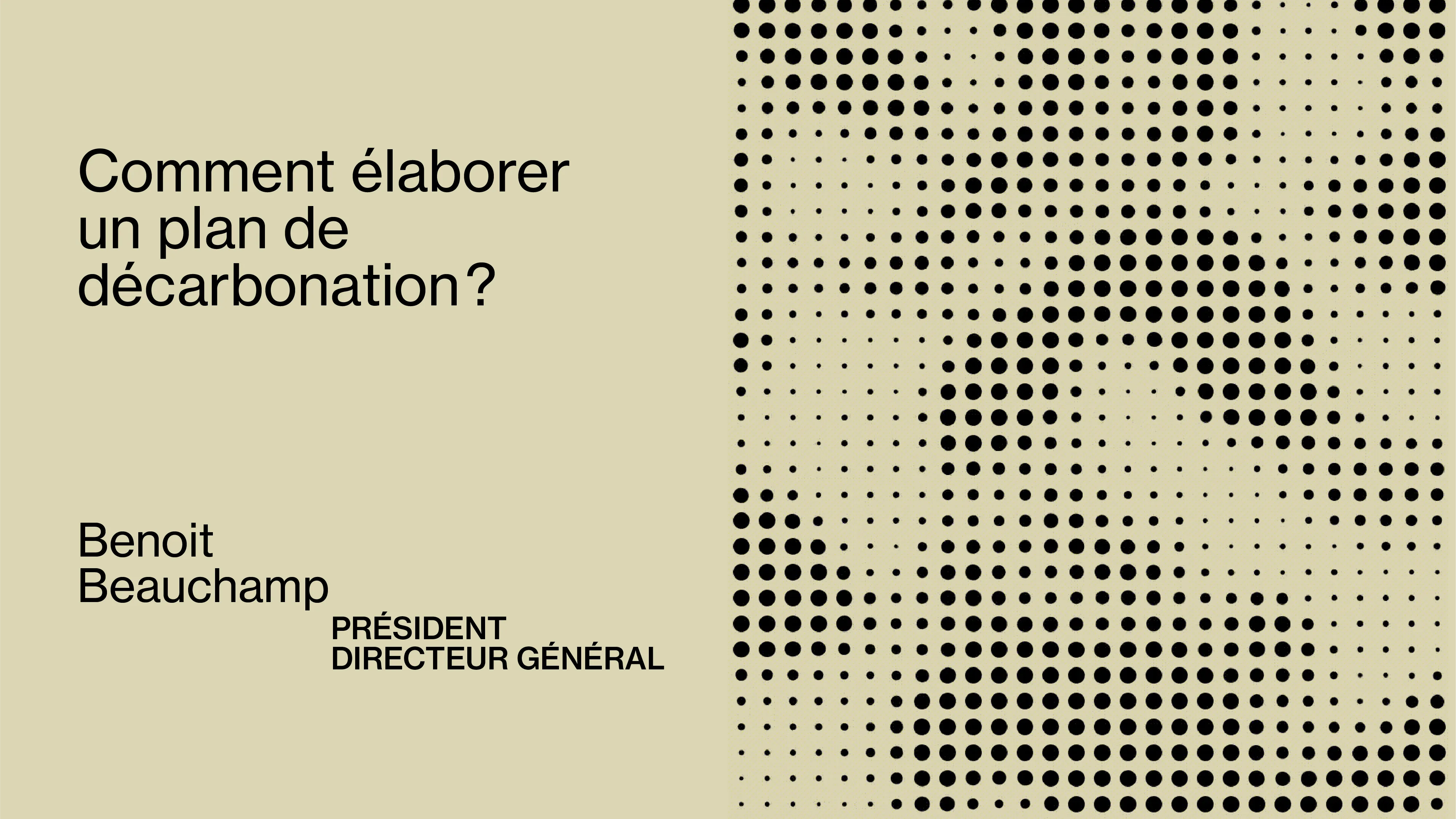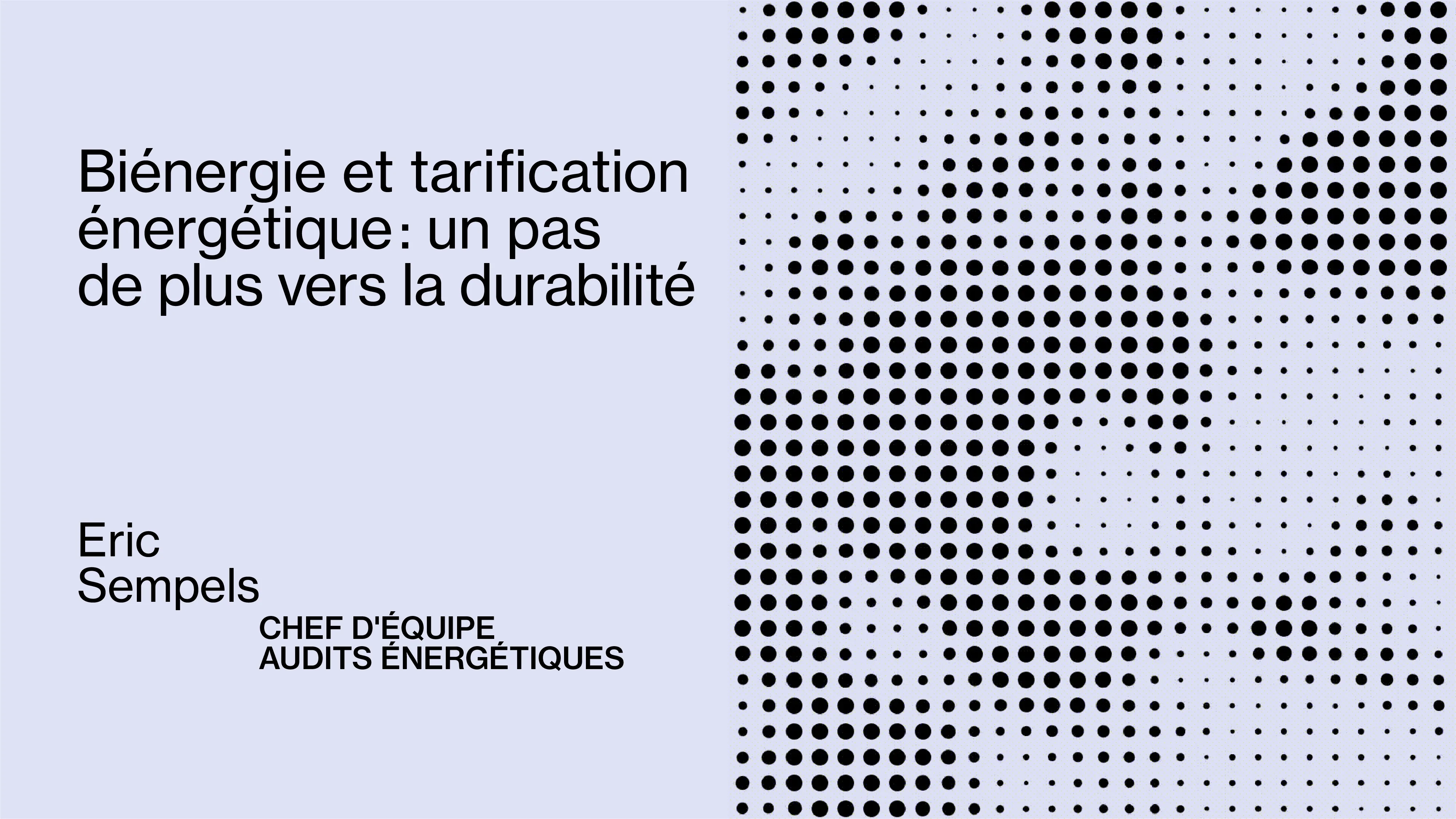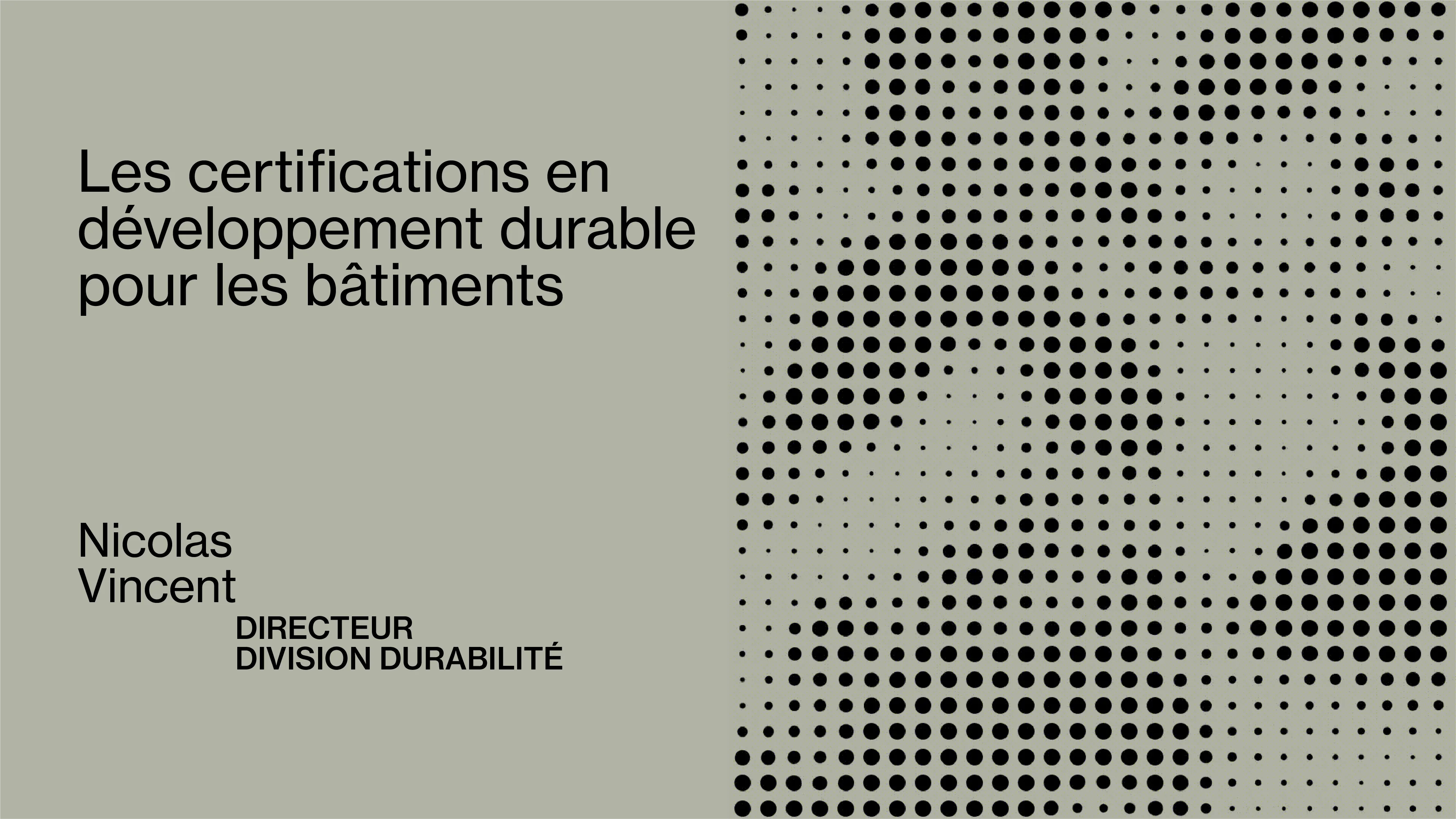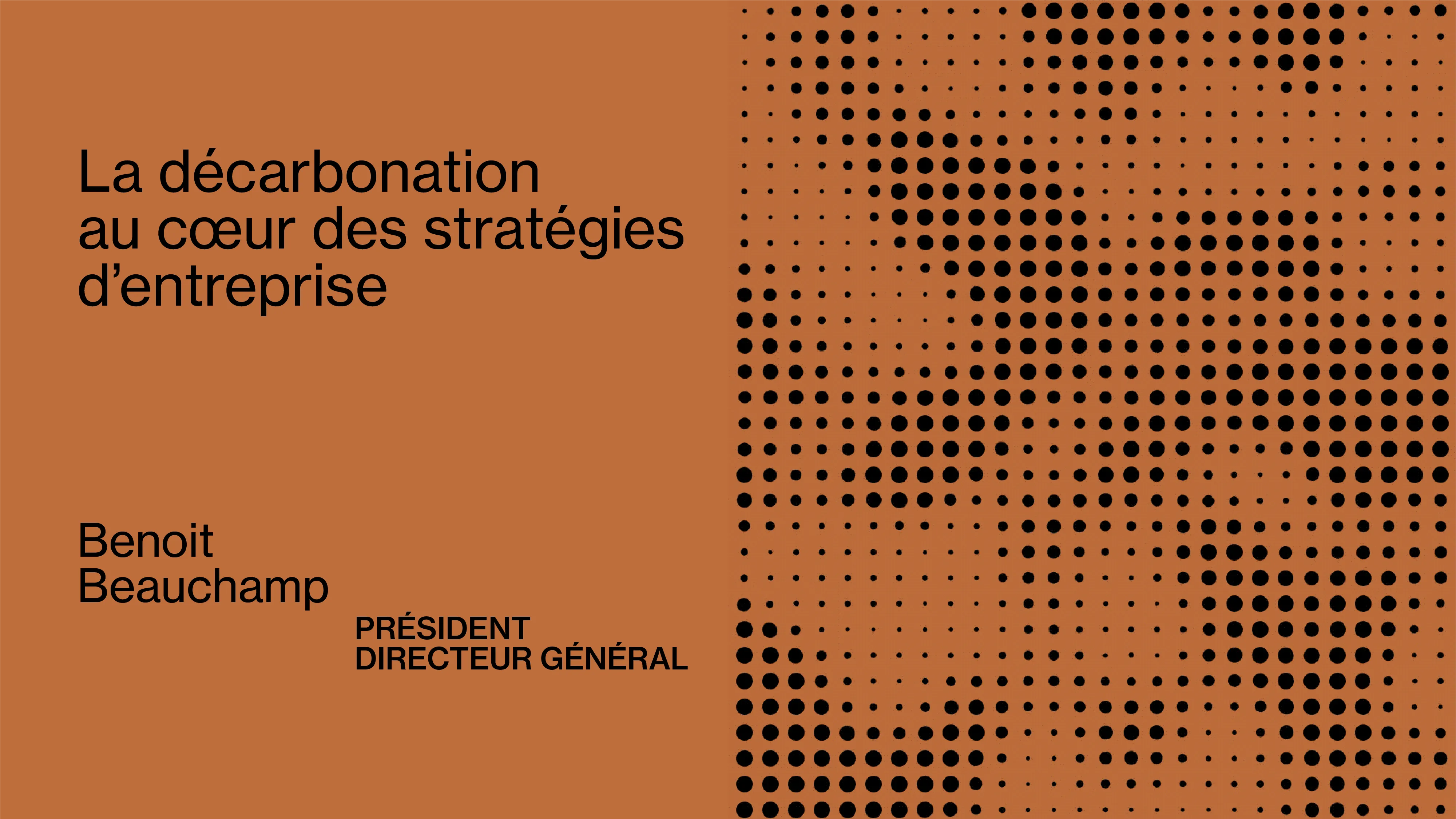Blog
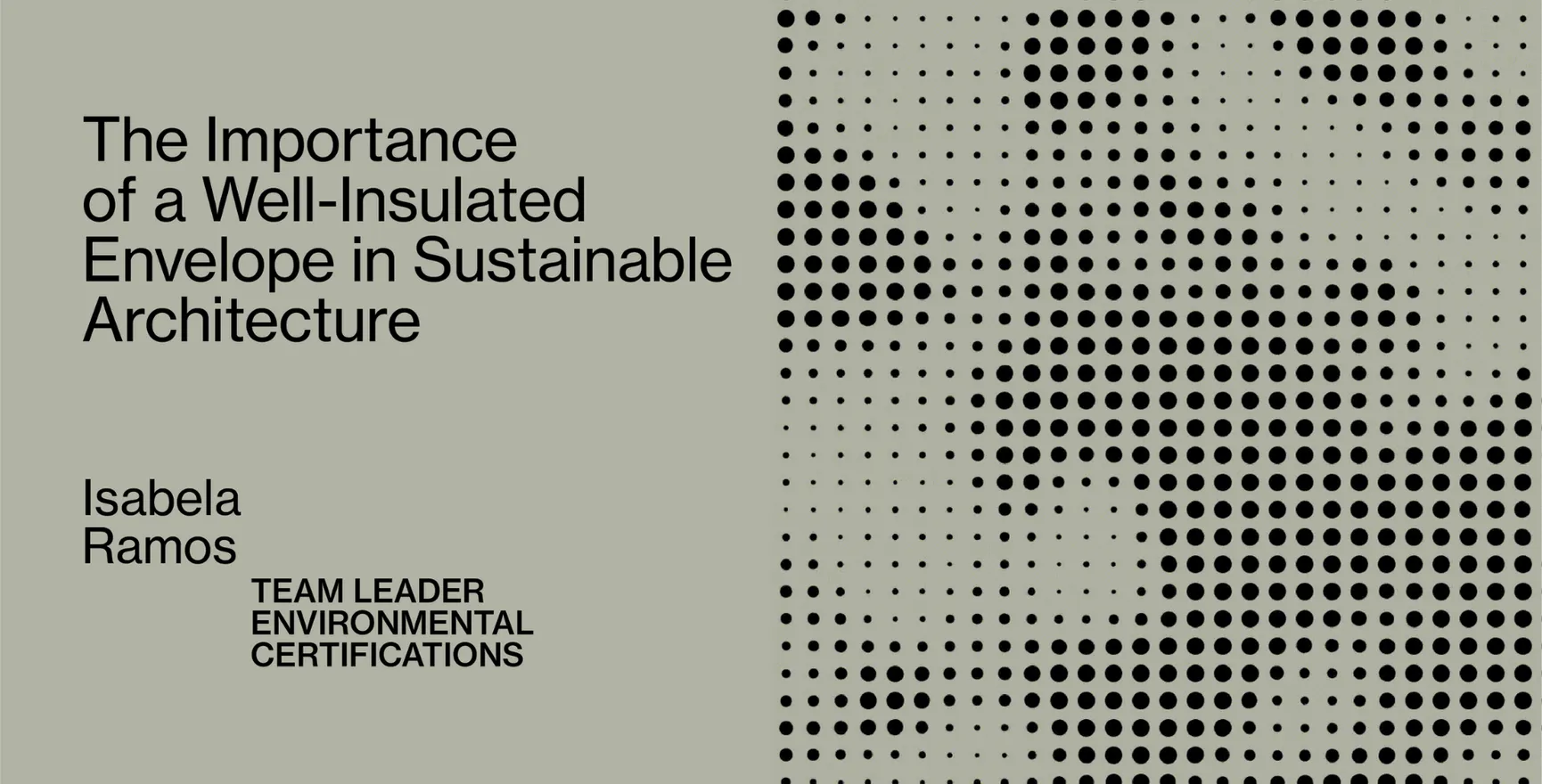
The Importance of a Well-Insulated Envelope in Sustainable Architecture
Today, sustainable architecture is an essential movement to minimize the environmental impact of buildings. However, when we take a step back, we realize that architecture has always had a sustainable vocation. Indeed, its mission was to be self-sufficient and resilient in order to protect humans from external elements, such as extreme weather, while meeting the specific needs of each region. With technological advancements and aesthetic trends, many modern projects seem to have lost sight of this primary objective.
Glass constructions and poorly insulated facades, now dominant in the contemporary architectural landscape, often result in buildings that are less energy-efficient. These buildings, especially in regions where they are not suited, lead to significant thermal losses, requiring the use of powerful mechanical systems to compensate for these deficiencies. This not only increases energy consumption but also amplifies the overall environmental impact of these structures.
However, we are witnessing the revival of an architectural movement focused on sustainability, encouraged by certifications such as LEED, Zero Carbon Building (ZCB), and Passive House. These standards aim to create higher-performing buildings capable of addressing current environmental and climatic challenges. A key element of this approach is the building envelope, which plays a fundamental role in thermal regulation and, consequently, in the overall energy performance.
How the Envelope Improves Building Performance
The implementation of the new Quebec energy code (CNÉB 2015 amended Quebec) has brought the building envelope back to the forefront of architectural design. A well-insulated envelope is essential for reducing thermal exchanges with the outside, minimizing thermal bridges and air leaks, and increasing the thermal resistance of buildings.
Let’s consider a concrete example: a building that meets the minimum envelope requirements of the energy code allows for a significant reduction in thermal losses and air leaks while preventing the appearance of mold. In contrast, a poorly insulated building will require more powerful heating and cooling systems to compensate for energy losses. Good insulation can also help achieve environmental certifications. During energy simulations, often necessary for certification, the well-insulated envelope of a project can earn valuable points in energy performance compared to a reference building.
A Sustainable Investment
At first glance, one might think that reinforcing the insulation of a facade merely increases construction costs. However, this initial investment is largely offset by long-term energy savings. A well-insulated building requires less powerful heating and cooling systems, which reduces energy bills year after year. Moreover, the maintenance of mechanical systems is often more expensive than that of good insulation, generating additional long-term savings.
Beyond these economic considerations, a well-insulated envelope promotes a healthy and comfortable indoor environment. It prevents mold growth, improves air quality, and consequently reduces absenteeism due to respiratory illnesses in workplaces. Ultimately, investing in quality insulation is also an investment in the health and well-being of occupants.
Sustainable architecture is based on a long-term vision. By improving the thermal insulation of facades, we not only ensure the energy performance of buildings but also their contribution to the fight against climate change. This type of investment brings tangible benefits, such as energy savings, reduced greenhouse gas emissions, and improved comfort and health for people. The future of architecture lies in its ability to become self-sufficient and resilient once again, while meeting the needs of future generations. A well-insulated envelope is an important step in this direction.




